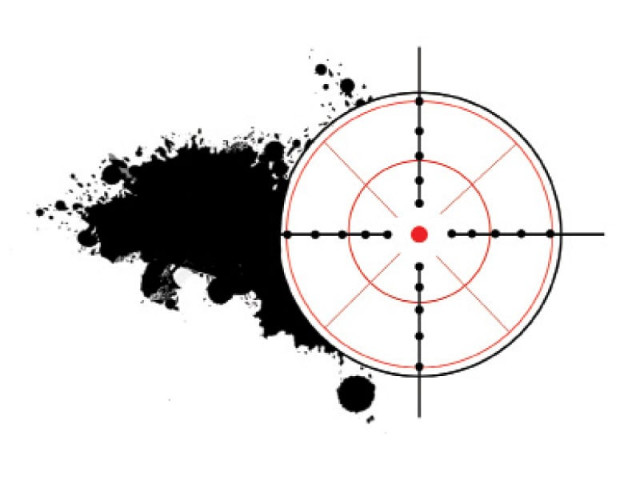Tougher terror laws
New ordinance is resource-heavy and will need large amounts of money, time and effort at federal, provincial levels.

Widening the scope of legislation, closing loopholes and bringing the law closer to available technologies are all well and good, but the new ordinance is resource heavy and is going to require signifi cant amounts of money, time and effort. PHOTO: FILE
There have been, at least, a dozen amendments to the Anti-Terrorism Act of 1997, which now becomes law by virtue of a presidential ordinance as the National Assembly and the Senate are not sitting at the moment. Suspects can now be detained for up to three months rather than the month under the old law; and for the first time, the vulnerability and protection of witnesses receives due cognisance. Judges and prosecutors are also to receive enhanced protection and if necessary, cases can be moved to a different location if the threat to the court and its officers is deemed great enough to warrant it.
The ordinance takes account of technological developments, and recordings of phone calls both through mobile phones and landlines, text messages and emails are now admissible as evidence. The definitions of terrorism are also expanded, and so-called targeted killings, kidnapping for ransom and extortion are in the ambit of the new ordinance as well. Provincial governments are asked to take the necessary measures to prevent prisoners having access to mobile phones in jails, a common problem that has led to terrorists initiating and coordinating acts of terror from within the penal system. Those who provide the support services for terrorists are also now to be prosecuted and there is to be closer cooperation between military, civil and intelligence agencies via the formation, when necessary, of joint investigation teams.
Of particular interest are measures being introduced to incentivise investigating officers — in effect, to pay a bonus for a successful prosecution. This is a path fraught with potential difficulties, not the least being the possible fabrication of evidence and wrongful prosecution, as our law-enforcement agencies are not exactly models of probity or transparency, nor above a settling of scores via extra-judicial means when it suits them. Also of interest is the introduction of screens in courts to shield the identity of witnesses, judges and prosecutors and the ability to conduct trials from jails by using a video link. The long-overdue provision of witness protection programmes makes a welcome appearance and overall, there is much to be satisfied with in the new ordinance — but there is a significant caveat.
Widening the scope of legislation, closing loopholes and bringing the law closer to available technologies are all well and good and we have few quibbles, but the new ordinance is resource-heavy and is going to require significant amounts of money, time and effort at both the federal and provincial levels if it is to be effective. There are training implications for the judiciary in the conduct of video-linked trials and for the police in terms of the gathering and preservation of evidence. Equipping jails with scanners and jammers to prevent mobile phone use by prisoners is going to be expensive and who pays — the federal government or the provinces? Witness protection programmes do not come cheap either as safe houses and sometimes, new identities have to be created. Similarly expensive are the forensic resources that are currently woefully inadequate everywhere in the country and prosecutions based on scientific evidence are relatively rare.
Our anti-terrorism legislation was time-expired and it is to be hoped that this update will result in more successful prosecutions and fewer guilty parties walking free from the courts; but making the new law work is going to be a greater challenge than its enactment.
Published in The Express Tribune, October 13th, 2013.
Like Opinion & Editorial on Facebook, follow @ETOpEd on Twitter to receive all updates on all our daily pieces.














COMMENTS
Comments are moderated and generally will be posted if they are on-topic and not abusive.
For more information, please see our Comments FAQ